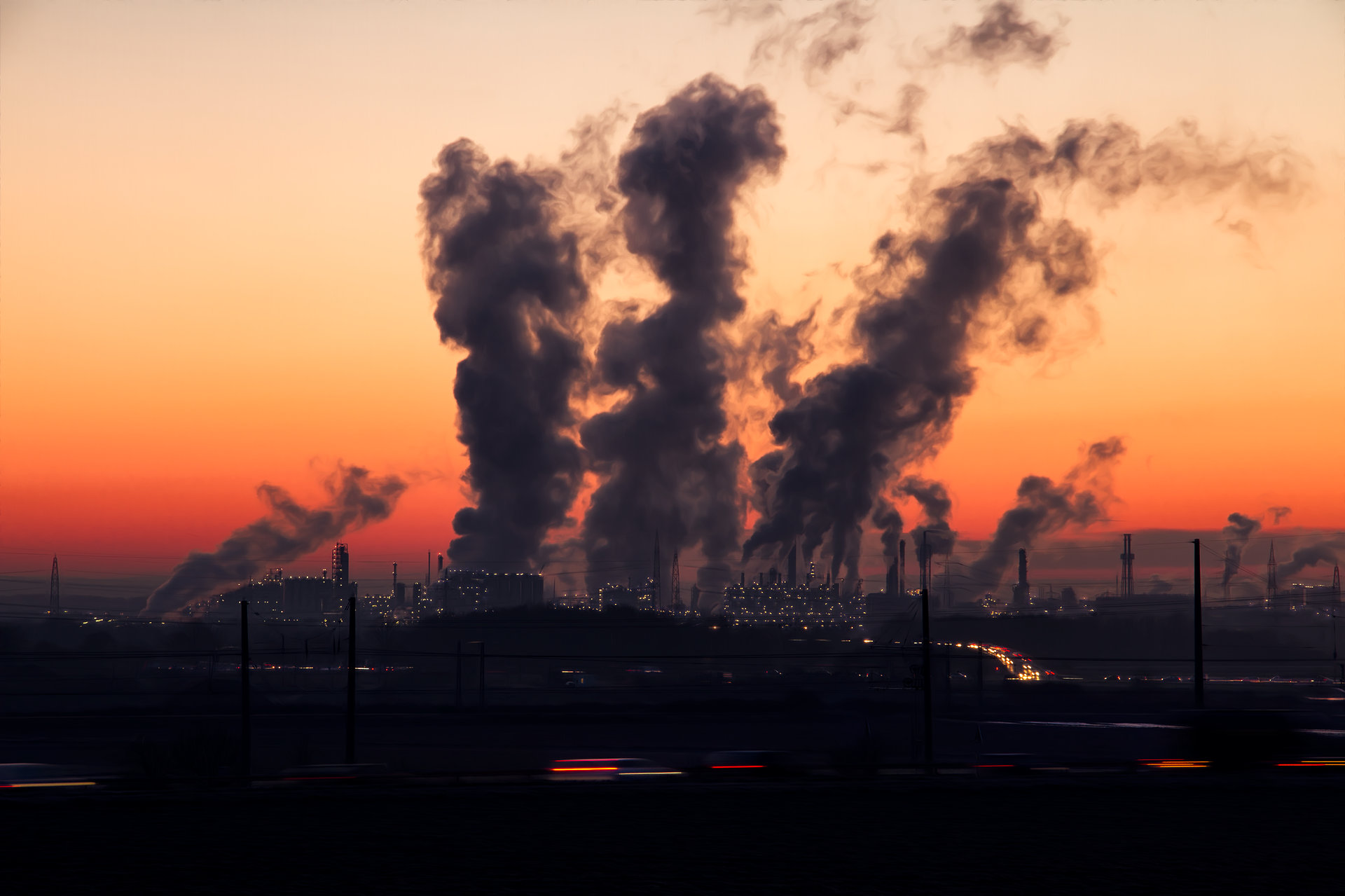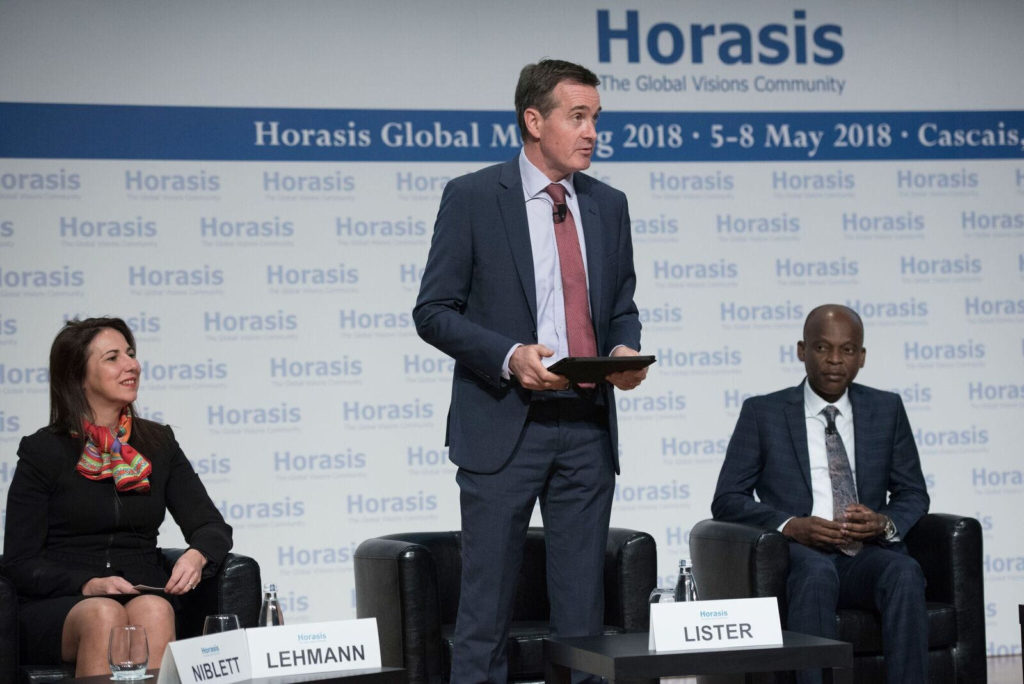Industrial gas leaks in the towns of Quintero and Puchuncaví, 100 kilometres northwest of Santiago have caused 358 people to develop symptoms of toxic poisoning.
Hazard Ex on the Net reported that the area had high levels of nitrobenzene, methyl chloroform and toluene, causing schools to be evacuated and hospitalising over 19 people with symptoms of dizziness, vomiting and diarrhoea.
Regional Governor Jorge Martínez accused the state-controlled oil company ENAP of being responsible for the incident, claiming there was evidence that the ENAP refinery in Concon, 25 km south of Quintero had created the harmful emissions.
ENAP vehemently denied any involvement in the contamination, publishing press releases on Friday and Saturday claiming their innocence and implying that they would be prepared to take legal action to restore the damage to their reputation caused by the accusations.
Declaración pública de ENAP, frente a los hechos ocurridos en las últimas horas en Quintero – Sábado 25 de agosto https://t.co/S7WZG0a0wo pic.twitter.com/X6WElPKjSC
— ENAP (@Enap_Informa) 25 de agosto de 2018
Since then, however, Environmental Minister Carolina Schmidt affirmed to Ahora Noticias that ENAP was indeed responsible, citing a study carried out by the Superintendence of the Environment (SMA) where “of all the companies that were inspected, the only traces found were in ENAP.”
She added that the contamination crisis was a “serious offence,” adding that “here the Chilean state failed and it is necessary that […] it is dealt with via a state policy.”
Chilean President Sebastián Piñera announced on TeleSur that he planned to instigate a decontamination plan for the area, which remains on yellow alert.
“The important thing is not to look back to identify culprits,” he said. “Our motivation is that as of today a new deal begins, a before and after in which the State of Chile protects health, the environment, quality of life and the development of Quintero and Puchuncavi.”
The plan is set to include a permanent and independent water, soil and air monitoring system.
The heavily industrialised area north of Valparaiso has suffered numerous emissions scares in the past couple of years. The National Institute of Human Rights (INDH) spoke to BioBioChile explaining the severity of the problem.
“[These contamination scares] are not new and have been happening since the 90s, gravely damaging the health quality of the region’s inhabitants,” adding that the situation directly affects the “right to life, physical and mental health, [the right to] nutrition and adequate living quarters, to education and safe work, and to live in an environment free of pollution established by the Political Constitution of Chile.”
The group plan to carry out an independent study in order to provide the government with recommendations on how to avoid the recurrence of air, water and land pollution in the area.
The organised groups of residents in the affected areas have often been accused of overly violent protests against the systematic pollution issues that have plagued the region. Sebastian Santos, a spokesperson for one of these groups, told Ahora Noticias that the violence was only relative to the issue.
“We are people who, for more than 57 years, have silently experienced a tragedy and a silent illness, where every day we find out about someone who died or who is dying because of the pollution.”
He also added that he saw President Piñera’s measures as “false and insufficient, with no details.”
The area has undergone numerous evacuations due to harmful levels of pollution, and the coastal area also took a hit in 2014 after an oil tanker delivering 38,000 litres to an ENAP terminal spilled its cargo into the sea.






